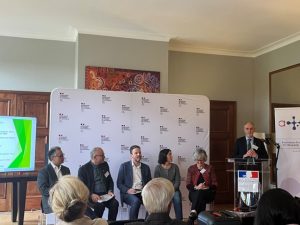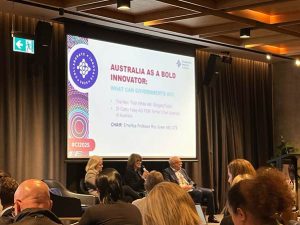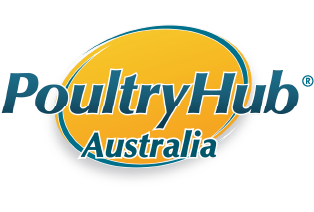As Director of Poultry Hub Australia, I often say that collaboration is the lifeblood of progress in animal welfare. That belief was reinforced when I attended the Aquatic Animals and Livestock and Production Roundtable in Canberra on 29 April, as part of the national engagement process for the renewed Australian Animal Welfare Strategy (AAWS).
Gathering with representatives from across industry, government, and research, we focused on laying the groundwork for what will become a more coordinated and effective approach to animal welfare in this country. The roundtable wasn’t about making quick decisions—it was about listening, reflecting, and contributing to a strategy that is built to last.
I was particularly encouraged by the structured way in which the Department of Agriculture, Fisheries and Forestry, alongside members of the Strategy Advisory Group and Animal Welfare Task Group, guided us through both the history and future intent of the AAWS. Hearing from Leanne Mundy and others about the chapter development process gave us a clear sense of how our input will feed into meaningful reform—not just token consultation.
A key focus was revisiting the system-level actions from the original AAWS and evaluating which of these should carry through to the renewed strategy. These actions covered everything from governance and research, to standards, education, compliance, and international engagement. It was a thoughtful reminder that while many of the challenges we face are complex, the solutions often begin with strong coordination, shared vision, and clarity of purpose.
Of particular relevance to the poultry sector—and indeed all livestock industries—was the emphasis on research and development. The renewed AAWS acknowledges the role of industry-led R&D in strengthening animal welfare outcomes, and I made the point that this is not just theory. Previous ABARES research has shown that for every dollar spent on agricultural R&D, farmers see an almost $8 return over a decade. That’s an extraordinary return—and a compelling reason why research must remain central to our national animal welfare approach.
The roundtable also reminded me how critical it is to celebrate what the industry is already doing well. As someone who works daily with producers, scientists, and extension officers, I see first-hand the innovations and care that underpin modern poultry production. We need to tell those stories better—through education, outreach, and transparent communication with the broader public.
Importantly, the renewed strategy recognises the need to build trust across the system. That includes First Nations perspectives, community values, and Australia’s international responsibilities. As we continue this journey, I see great opportunity for Poultry Hub Australia to be a bridge between science, industry, and the community.
The roundtable was not the end of the conversation—it was a beginning. And I’m optimistic that through this renewed strategy, we’ll build a stronger, more coordinated, and more respected animal welfare system for all Australians.





